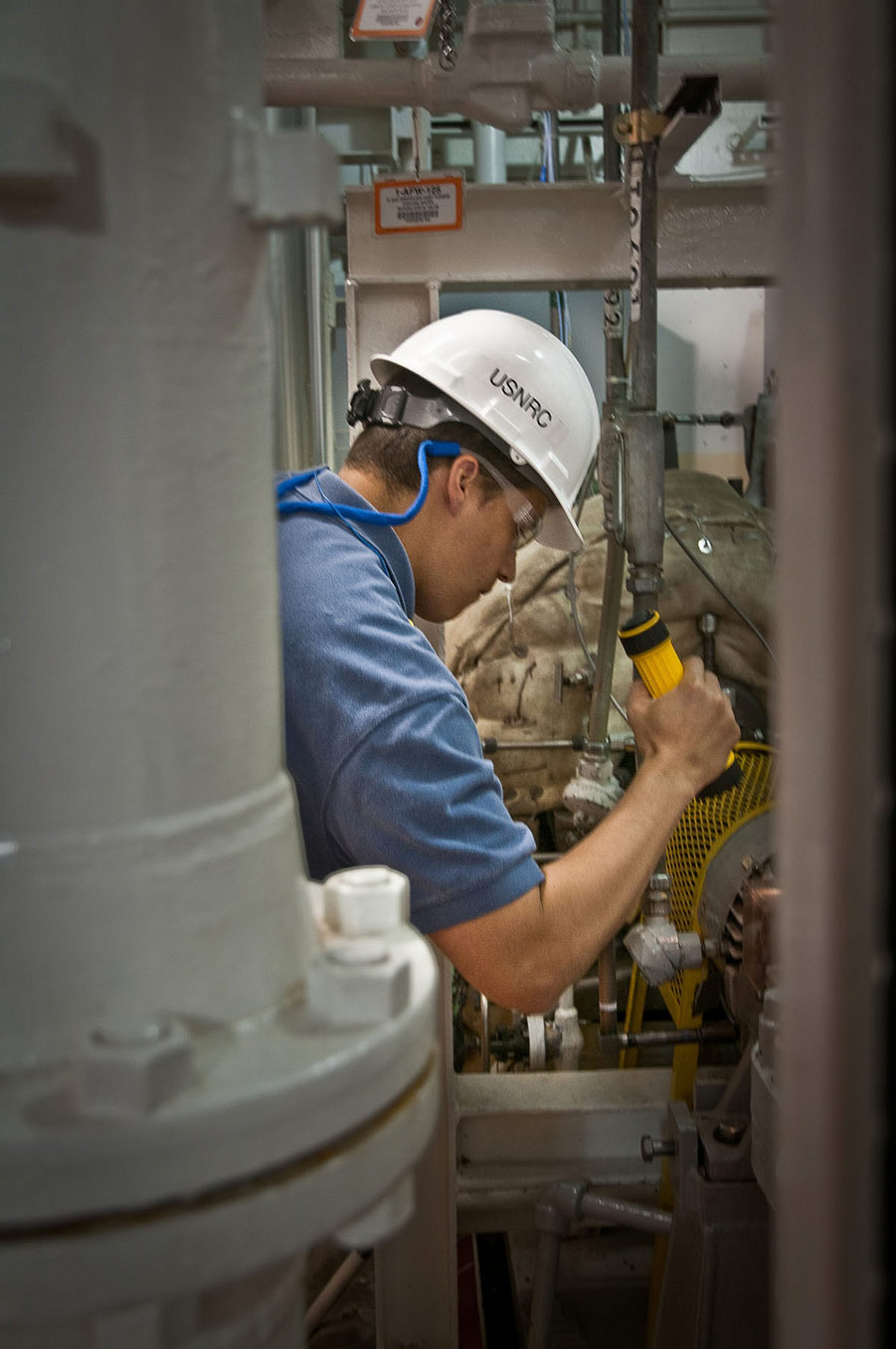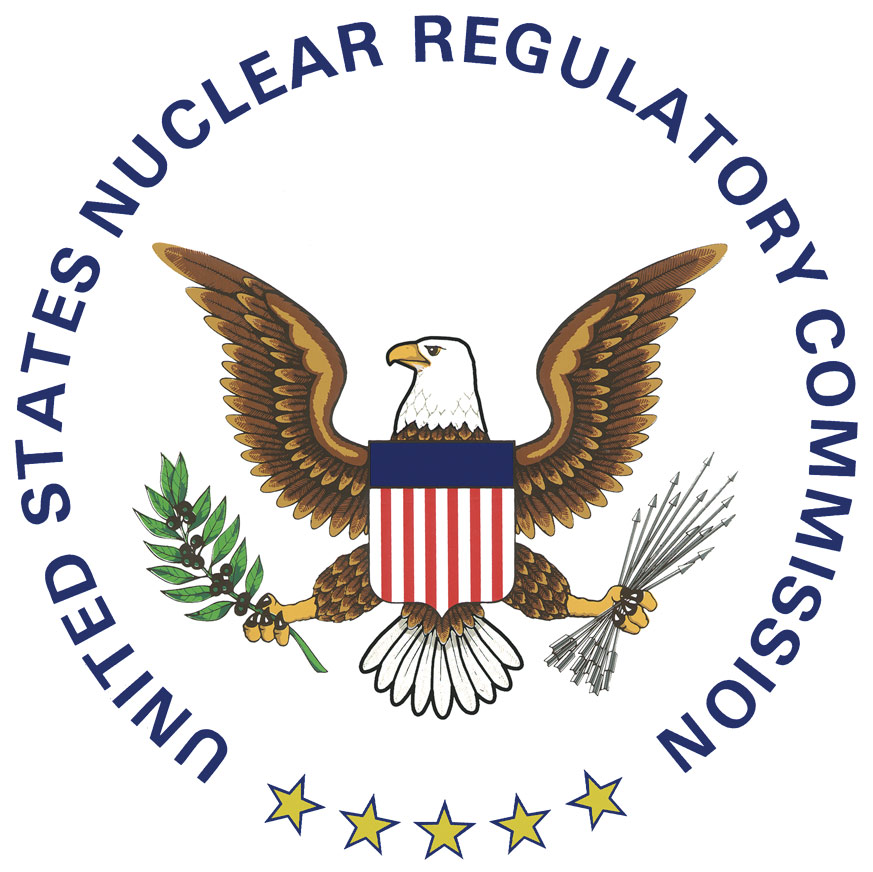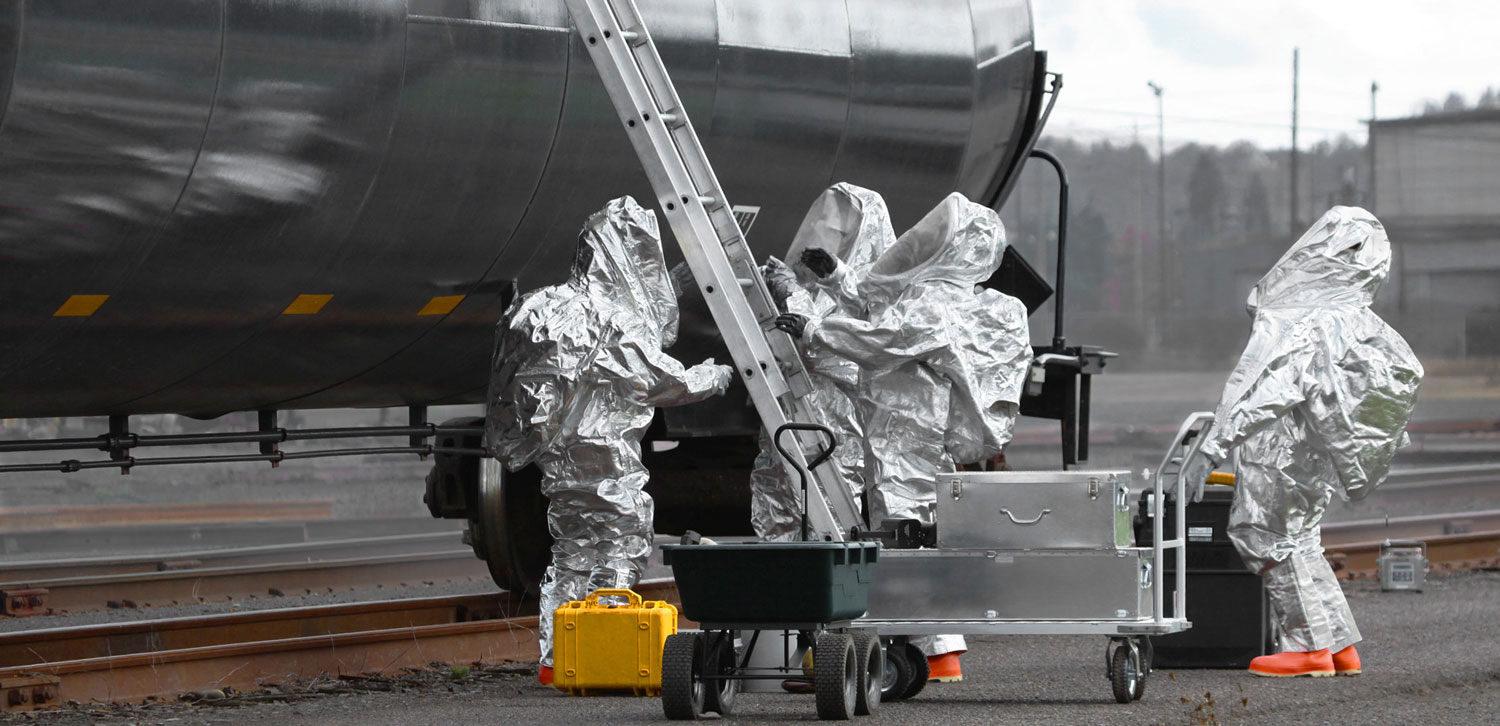
System Selection Guide
Mirion offers guidance with selections to meet your needs, based on application, software and hardware.
Mirion offers guidance with selections to meet your needs, based on application, software and hardware.
May 27th, 2015 | By Mirion Technologies
Given the risks and the public concerns involved, there are many government agencies and regulations dealing with radioactive materials and exposures. Governing everything from production of medical isotopes to monitoring for the transportation of terrorist material, these agencies help keep the danger to the public from radiation as low as possible.

(NRC, DHS, FTA, ETC)
In the US, there are many agencies at work. For the nuclear power industry, the primary regulatory agency is the NRC, or Nuclear Regulatory Commission. They monitor existing plants and their emissions, they provide licensing for new plants, and oversee the handling and disposal of nuclear waste material. One of the key aspects of what the NRC does is dictate the limits of exposure to the public, along with other guidelines and limitations on the nuclear industry to ensure that safety standards are met.

Other agencies involved include the Department of Homeland Security, which coordinates with various state agencies and organizations to provide radiation security for facilities and events. The Federal Transit Administration also is involved, dictating the means by which radioactive material may be shipped and how it must be labeled and placarded.
For the nuclear industry, the NRC, among other things, dictates exposure limits to both workers dealing with radioactive material, called the occupationally exposed, and the general public, or non-occupationally exposed. For an occupationally exposed worker, such as someone at a nuclear power plant or in nuclear medicine at a hospital (if they’re licensed by the NRC), the limit is 5 rem a year. Surprisingly, while most nuclear power workers never receive anywhere close to that amount, some workers in the medical field, such as those working with X-ray fluoroscopy machines, are amongst the highest occupationally exposed workers. Pregnant women who are occupationally exposed may choose to (but are not required to) declare their pregnancy and receive lower dose limits throughout the term of the pregnancy.
For members of the public, the annual limit from the NRC (which is matched by the EPA for areas not covered by NRC guidelines) is 100 mrem. Licensed facilities have to have programs in place to limit exposure, and be able to demonstrate that procedures are in place that members of the public would not be exceeding those levels.
Some states and municipalities have departments that are equipped to deal with radioactive material. Either as part of a local fire department, a stand-alone hazmat team, or a larger state emergency management agency, these groups are equipped to perform radiological surveys of areas suspected of having radioactive contamination, be it from an automobile accident involving shipment of sources, to a suspected terrorist incident.

It’s generally recommended to contact one of these agencies if there’s a suspected issue with radioactive contamination or exposure. Given the complexity of attaining and interpreting the data, and the necessity of following procedures to ensure accuracy, it’s better to contact these groups who have the equipment and training before attempting, as an individual, to purchase and use detection equipment in such a case.
Looking for Services or Support?
We're here to help.